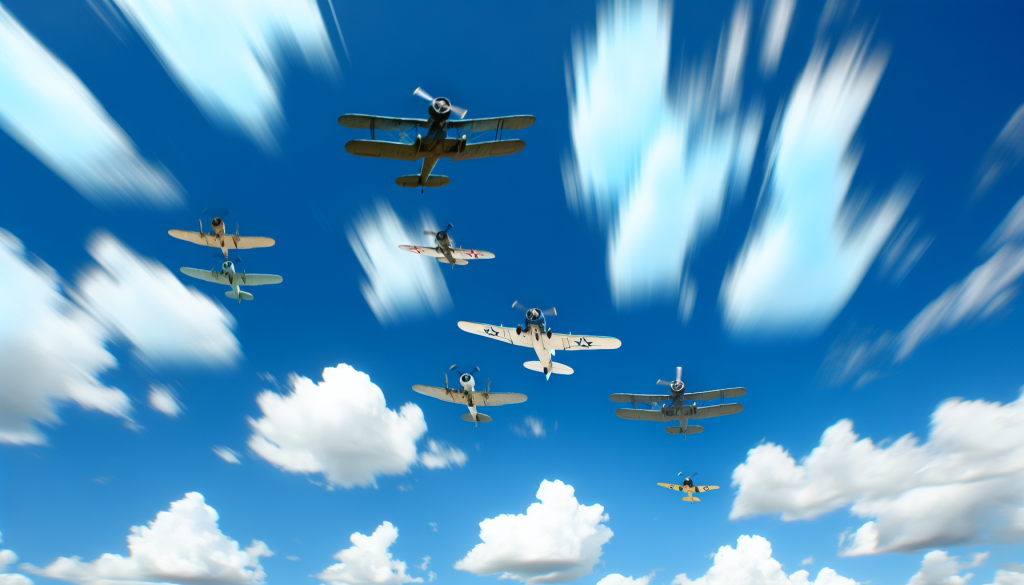Advancements in Drone Technology: The Role of AI in Surveillance and Decision-Making
Recent advancements in drone technology have marked a significant evolution in military and surveillance applications. At the forefront of these advancements is the integration of Artificial Intelligence (AI), which enhances decision-making capabilities and expands surveillance functions. Let’s explore how this integration is transforming the landscape of aerial operations.
AI Integration in Drones
Artificial Intelligence is revolutionizing the way drones operate, particularly in combat and surveillance missions. The incorporation of AI enables drones to function autonomously, effectively cutting down on the need for continuous human oversight. This means that through sophisticated algorithms, drones can analyze data in real-time and make critical decisions within milliseconds.
Drones equipped with AI have sharpened their target identification and classification skills significantly. This heightened accuracy is especially crucial in combat situations, where minimizing civilian casualties is paramount. AI-powered systems allow drones to adapt dynamically to evolving threats and unfamiliar environments, thus making them versatile tools in a variety of military scenarios.
Furthermore, AI enhances drones’ capabilities in pattern recognition and predictive analysis. By sifting through vast volumes of data, drones can forecast enemy movements and potential tactics, providing military strategists with important tactical advantages. These sophisticated AI systems not only boost the effectiveness of military operations but also ensure that interventions are timely and well-informed.
Enhanced Surveillance Capabilities
In addition to AI integration, the evolution of drone technology has dramatically improved surveillance capabilities. Modern drones are now equipped with advanced optics and sensor technologies that allow for high-resolution imagery capture, even in challenging conditions such as low-light environments or visual obstructions. This capability is crucial for various operations, from reconnaissance missions to border patrols, providing strategic insights that were difficult to achieve with traditional methods.
One of the standout features of current drone technology is their ability to remain airborne for extended durations. This extended flight time supports continuous monitoring over designated areas, which is vital for responding swiftly to emerging threats or events. With real-time video feeds, military and law enforcement agencies can act promptly, enhancing the overall effectiveness of their operations.
Incorporating LIDAR (Light Detection and Ranging) technology has further bolstered operational effectiveness. LIDAR allows drones to create precise mappings of terrains and structures, offering unprecedented situational awareness. These detailed maps can reveal potential threats, escape routes, or strategic positions that may not be visible through traditional reconnaissance methods.
Securing Data Acquisition and Transmission
Another critical aspect of modern drone technology is its focus on data security. Advanced encryption methods and secure data transmission protocols are crucial for ensuring that the information gathered by drones remains confidential and untainted. Given the sensitive nature of surveillance operations, this layer of security protects against interception or data tampering, thereby maintaining the integrity of intelligence gathered during missions.
The reliability of data is essential for informed decision-making, and the advancements in drone technology ensure that the information is both trustworthy and actionable. This security fortifies the operational effectiveness of military and government agencies, allowing them to carry out their missions with a higher degree of confidence.
Transforming Modern Warfare and Surveillance
The enhancements in drone capabilities through AI integration and advanced surveillance technology contribute to a transformative shift in modern warfare. Drones are no longer merely tools for aerial observation; they have become sophisticated units capable of making real-time decisions, analyzing vast amounts of data, and executing complex missions autonomously.
As we observe these developments unfold, it becomes clear that the path forward will likely see even more innovations in this field, redefining our understanding of military strategy and intelligence gathering. The future of drone technology is not just about flying high; it’s about flying smart, with AI leading the charge in enhancing operational efficiency and effectiveness.

